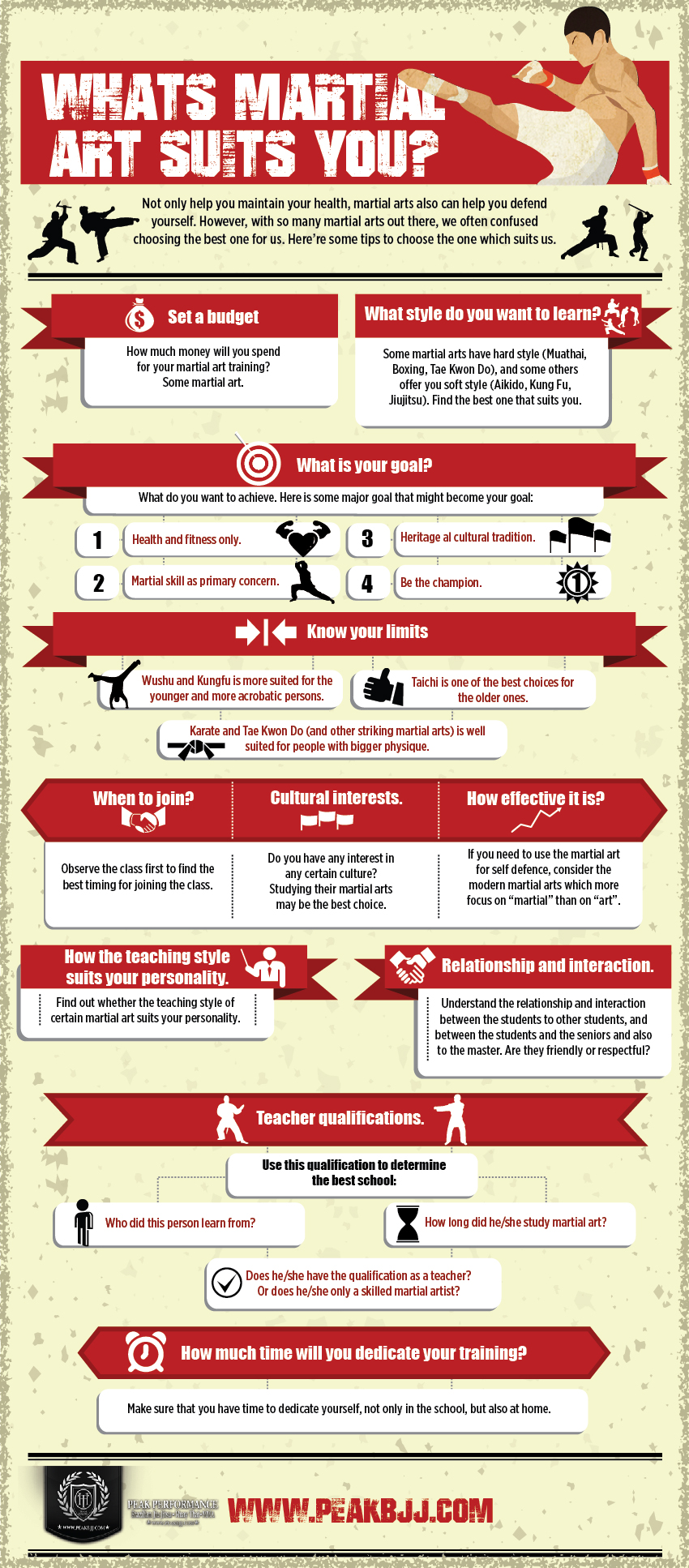What Are The Essential Contrasts Between The Discipline Stressed In Typical Martial Arts And The Competition Focus Of Modern-Day Combat Sports? Find Out How These Differences Can Affect Your Journey
What Are The Essential Contrasts Between The Discipline Stressed In Typical Martial Arts And The Competition Focus Of Modern-Day Combat Sports? Find Out How These Differences Can Affect Your Journey
Blog Article
Produced By-Bright Rocha
When you think of martial arts, do you lean a lot more toward the conventional methods or the modern fight sporting activities? Each course supplies one-of-a-kind advantages and experiences, formed by their approaches and training methods. Standard martial arts emphasize personal growth and self-control, while modern-day fight sports focus on competitors and performance. Comprehending these differences can guide you in choosing the best technique for your journey. Yet exactly how do these differences materialize in training and ideology?
The Viewpoint and Background Behind Typical Martial arts
While many individuals associate martial arts with physical fight, the ideology and history behind traditional martial arts run much deeper. You'll locate that these disciplines emphasize personal growth, self-control, and regard.
Originating from ancient practices, conventional martial arts were typically created for Self-Defense and spiritual advancement. They embody concepts such as balance, consistency, and self-control, directing experts past simple fighting skills.
As you train, you'll not only find out methods but also acquire insights into the society and values that shaped these arts. The routines and practices, often passed down through generations, foster a feeling of community and belonging.
The Affordable Nature of Modern Fight Sports
Modern battle sports have changed the landscape of martial arts right into a highly competitive field, where athletes take on in an examination of ability, approach, and endurance.
You'll observe that competitors are frequently organized with stringent policies and laws, making sure fair game and safety and security. These events attract large audiences, fueling the enjoyment and intensity of matchups.
Athletes train carefully, not just for physical expertise however likewise for psychological strength, knowing that every detail counts in the ring. The adrenaline thrill throughout competitors is palpable, as fighters push their limits to declare success.
Followers appreciate the athleticism and creativity included, making contemporary combat sporting activities a thrilling phenomenon that continues to evolve and captivate fanatics all over the world.
Training Methods and Strategies: A Comparative Analysis
The affordable ambience of contemporary fight sporting activities needs cutting-edge training methods that vary dramatically from conventional martial arts.
In contemporary training, you'll focus on certain techniques, competing, and conditioning, frequently using drills that simulate real battle circumstances. You'll see an emphasis on quantifiable efficiency and regular competition to analyze your skills.
On premier martial arts franchise reviews , conventional martial arts prioritize types, katas, and thoughtful mentors, typically stressing technique and regard over competitors.
Training is usually much less extreme and may include repeated technique rather than real-time sparring.
While both techniques build ability and fitness, modern battle sports provide a much more dynamic and versatile training setting, preparing you for prompt challenges in the ring or cage.
Pick the path that aligns with your goals and interests.
Verdict
In picking between typical martial arts and modern battle sports, it truly boils down to what you value most. If you're searching for personal development, discipline, and a feeling of community, traditional arts may be your finest fit. However if you prosper on competitors and real-time challenges, modern combat sports could be the means to go. Ultimately, both courses offer special benefits, so it's everything about aligning your training with your personal goals and rate of interests.
